Awakening Your Bliss: A Spiritual Seeker's Companion
For those seeking to explore their spirituality but unsure of where to begin, Awakening Your Bliss provides a gradual progression, sensitizing and educating readers on the profound principles of spiritual awakening.

About Rajendra Kher
Rajendra Kher, whose own spiritual depth has infused every page of this sacred text with inspiration and insight. And, the divine guidance of Gurus - Shri Sankaracharya Vidya Nrusimha Bharati Maharaj of Karveer Peetha, Pt. Vasantrao Gadgil, Sri M, Swami Tejomayananda, Gurudev Sri Sri Ravi Shankar, Shri Kamlesh D. Patel (Daaji), Sadhguru, Mahamahopadhyaya Swami Bhadreshdas, Shri Prashant Iyengar, and Padmashri Shri Brahmeshanandacharya Swamiji has illuminated our path to spiritual awakening.
Book Features
| FEATURES | |
|---|---|
| Author | Rajendra Kher |
| Language | Marathi, English |
| ISBN | 81-19311-67-5 (English), 978-81-19311-63-7 (Marathi) |
| Binding | Hardcover |
| Dimensions | 6.14 x 9.21 inches |
Book Overview
Many yearn for spiritual fulfillment but grapple with where to commence their journey. This book provides a roadmap, offering deep spiritual wisdom and insight to assist readers in navigating the path to self-discovery and bliss.
Embark on a transformative journey of spiritual awakening with Awakening Your Bliss, a profound exploration into the realms of Indriya, Mann, Buddhi, Atma Tatva, and Param Tatva. This book serves as a guiding light on the path to spiritual enlightenment, drawing wisdom from esteemed Gurus.
For those seeking to explore their spirituality but unsure of where to begin, Awakening Your Bliss provides a gradual progression, sensitizing and educating readers on the profound principles of spiritual awakening. The wisdom imparted by the revered Gurus offers invaluable guidance to navigate the complexities of this spiritual journey.
Start Your Spiritual Journey Now
Our Inspiration
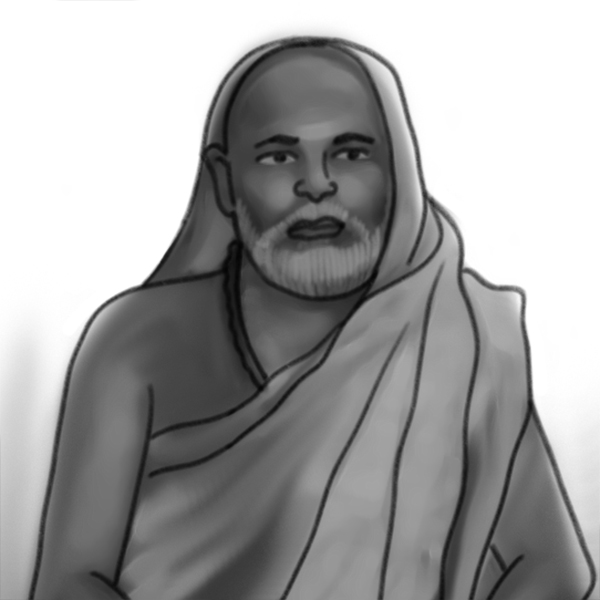
Sri Shankaracharya Vidya Nrsimha Bharati Maharaj (Karveer Peeth)
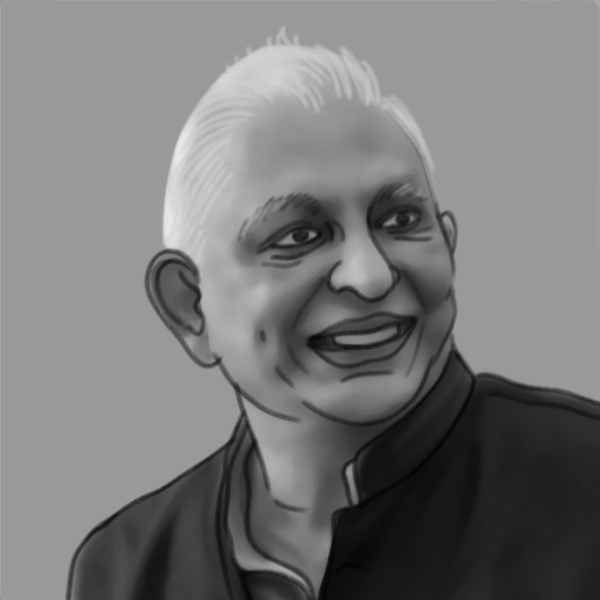
Sri M
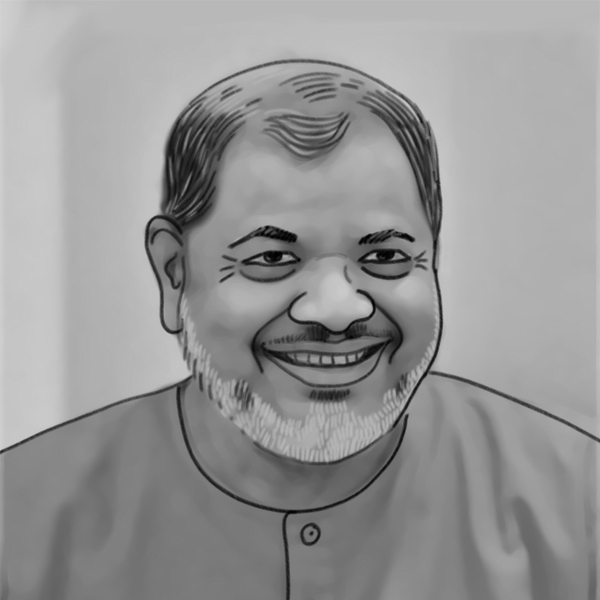
Swami Tejomayananda
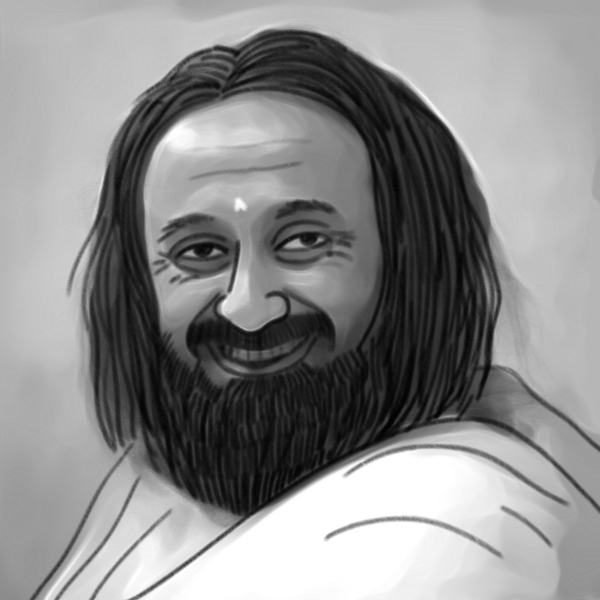
Gurudev Sri Sri Ravi Shankar
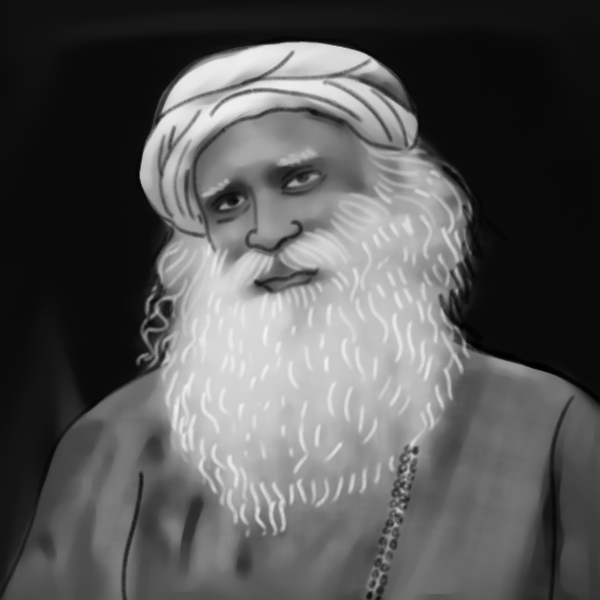
Sadhguru
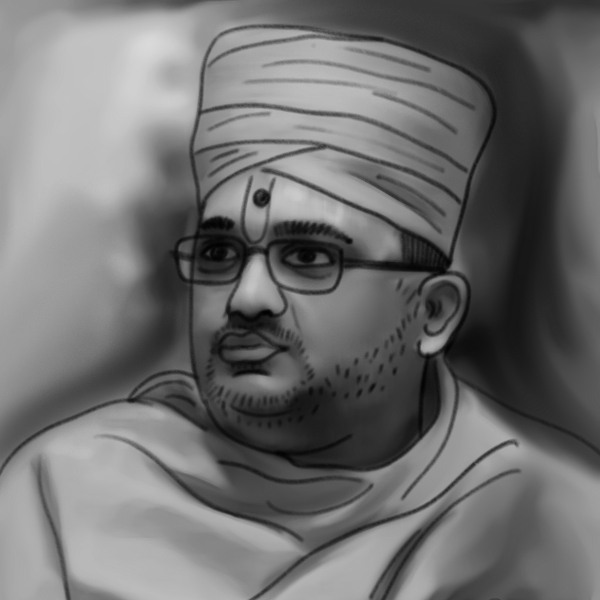
Mahamahopadhyaya Swami Bhadreshdas

Padma Shri Shri Brahmasthanandacharya Swamiji
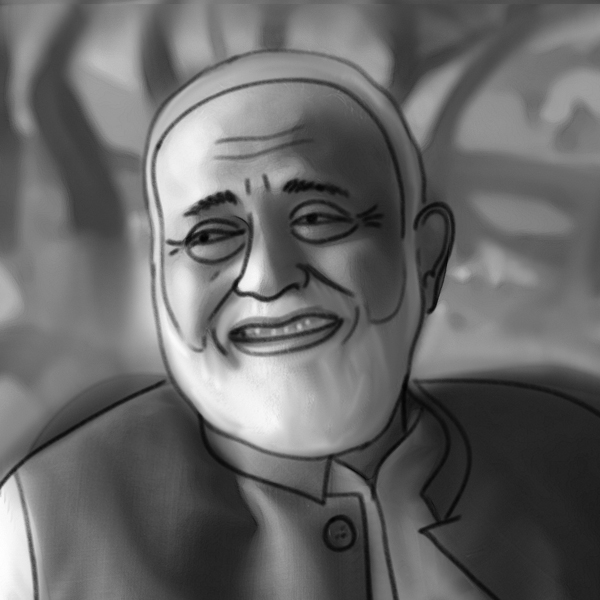
Kamlesh D. Patel (Daaji)

Prashant Iyengar
Contents of the Book
Part 1: From the Supreme Being to a Human Being
The first part sheds light on topics like the nature of the Supreme Being, Brahman, Prakriti-Purush, Maya, physical creation, multiple universes, planets and stars, living beings, humans and superhumans, Manvantaras, heaven and hell, the play of karma, reincarnation, etc. In short, the first part highlights the journey from the Supreme Being to a human.
- The Supreme Being and its Nature – On the path to bliss, there must be utmost faith that the Supreme Being exists. The Supreme Being permeates the universe and resides within our hearts as a witness. It gives motion to the entire creation and all beings. It is the sustainer, lord, protector, benefactor, the source of origin, dissolution, sustenance, and the immutable cause of creation. The creation of Brahman happened from the immense power of the Supreme Being. Science has reached the elementary particle, but the Supreme Being is beyond even this, and yet pervades all physical creation.
- The Brahman Principle – Brahma, the creator of the universe, originated from the Supreme Being, is also known as “Parabrahma” (Brahman), characterized as perishable due to its creative nature. This perishable Brahma, with the spark of “I-ness,” imagined and created the entire universe. Brahman, permeating the manifest and unmanifest universe, is indeed a part of the Supreme Being. However, the Supreme Being is imperishable. Though Brahman, capable of creation, comes from the imperishable Supreme Being, it is considered perishable. Being the creative force, Brahman envelops the entire manifest-unmanifest universe, yet ultimately, it is a part of the imperishable Supreme Being. This ultimate principle in the form of Brahman exists within all beings. It should be recognized within ourselves. By understanding it, we can unfold the nature of Brahma pervading the universe, just as a drop of water contains all the properties of the ocean!
- Para and Apara – The entire physical universe is structured through the “Para” and “Apara” natures. The activation of the Trigunatmak Prakriti (Matter with three qualities) leads to the formation of the “ego” in all beings and initiates actions according to their qualities. Since both these Matters originate from the Supreme Being, the Supreme Being is the primal cause of the universe. From the perspective of the “zero-point field energy”, all past, present, and future actions in Nature are filled with these qualities. According to Vedic thought, rays emanating from Brahma are the cause of this universe.
- Maya and Illusion – The experiences perceived by the senses are entirely deceptive. Maya is the great power of God. The vision and experience that all beings receive throughout their lives are both illusory and unreal. Whether this vision is created through a formula or by thought, understanding the creator’s craftsmanship is not easy. Only through practicing Yoga and lifting the veil of Maya can one truly understand the nature of God.
- Maya and Karma – Maya compels beings to act, and through the bonds of Karma, keeps them circling in this web of illusion – life after life!
- Heaven and Hell – Maya is karma, and karma is Maya. Caught in the Trigunatmak Prakriti, humans create their own karma due to their ego and are trapped in the cycle of rebirth for ages. The endless desires and wishes of humans prompt them to act, leading to good or bad karma, thereby entangling them in this complex cycle.
- The Creation of Yugas – Life in the grasp of Maya is a result of the three Gunas that act within beings. The Indian philosophical concept of the four Yugas – Satya, Treta, Dwapara, and Kali – arise due to the Rajasic nature of “attachment” in the Triguna-prone beings. Understanding the nature of these Yugas and aspiring to return to Satya Yuga requires a rise in the Sattvic values of the society. This is the only way to achieve a happy, content, and peaceful life.
- Manvantara – The concept of Manvantaras explains how Lord Brahma creates the world on the Earth and entrusts Manu with shaping the human civilization. When wrongdoings and misconduct grow on Earth, God incarnates to reestablish Dharma on Earth. Along with God, Indra and the Saptarishis also take charge of guiding humanity. Each “Manvantara” is a time span of 71 cycles of four yugas i.e. Satya Yuga – Tretac Yuga – Dwapar Yuga and Kali Yuga. We traverse through many Manvataras in different bodies and experience happiness and sorrow. This is because the play of Karma has bound us human beings.
- The Play of Karma – The game of karma is intricate. Typically, human actions are either karma (action) or vikarma (wrongful action). Akarma (inaction) and Nishkama Karma (selfless action) are paths to spiritual development. Human happiness and sorrow are determined by accumulated actions (sanchita), destiny (prarabdha), and ongoing actions (kriyamana). To neutralize the cycle of karma, there is no alternative but to perform selfless actions. Rituals performed with specific desires do not remain effective after the desired result is obtained. Hence, understanding the principles of karma and performing appropriate actions is crucial.
- Reincarnation Analysis – Reincarnation is a reality acknowledged by sages, ancient texts, saints, philosophers, and researchers worldwide. Through reincarnation, the soul undergoes spiritual evolution, manifesting physically. By accelerating spiritual growth, one can transcend the cycle of rebirth and achieve a state of bliss.
Part 2: From a Human Being to the Supreme Being
The second part provides guidance about personal transformation, overcoming challenges, and changing mindsets for self-development. The points in the second part will define goals and illuminate the path to achieving them. The first part is for knowledge, and the second is for practical application.
Part 3: The Wisdom of the Gurus
The third part consists of articles of knowledgeable, experienced and enlightened gurus, which complement this subject. Of course, the thoughts in those articles are theirs or are based on Sanatan philosophy.
- Nirguna Bhupali –A Reflection by Shri Sankaracharya Vidya Nrusimha Bharati Maharaj of Karveer Peetha – In this Nirguna Bhupali, the way for the Jeeva to attain life’s ultimate welfare is given. Instead of showing the way to material welfare, the way to achieve spiritual welfare has been shown by Parampujya Vasudevananda Saraswati Maharaj. He has shown the importance of the Sadguru. Thus, Bhupali encapsulates the teachings of the Upanishads, Smritis, and Brahma Sutras, effectively making it a summary of the Prasthanatrayi, the three foundational scriptures of Hindu philosophy.
- Sanskrit is Useful for World Peace by Pt. Vasantrao Gadgil – Instead of looking at it as a language of the curriculum, it should be considered as a language of reflection, practices and of behaviour. The eventual summary of all our activities is Sanskrit. Sanskrit is present in music, grammar, dance, etc. Sanskrit should be reflected upon from this perspective.
- What is Yoga? by Sri M – Excellence in Yoga, the science of expansion of consciousness and achieving freedom from limitation, has nothing to do with one’s personal beliefs, religious or otherwise. It depends entirely on the step-by-step practice of the methods described in the Yoga texts and the guidance of a proper and authentic expert.
- Tips for Sadhana by Swami Tejomayananda – We should be aware of our shortcomings, weaknesses, and impurities, but not brood over them. Have faith that though we may be dirty and impure, our pure and loving Lord will purify us. All we need do is take His name and stand under His shower of grace; the mind will be purified spontaneously.
- The Spiritual Dimension of Life by Gurudev Sri Sri Ravi Shankar – Apart from having never invaded another country, India has, on the contrary, withstood the onslaught of invasions for centuries and is still going strong. What could be the source of this strength? The strength of India lies in its spirituality.
- The Subtle Body by Shri Kamlesh D. Patel (Daaji) – It is the subtle body that can evolve so that we can design our destiny. It changes according to how we purify and simplify it so that the joy of the soul shines and radiates from within. Through this process, we experience the consciousness evolve.
- Mantra for Spiritual Growth by Sadhguru – A person on the spiritual path has got to be in a hurry. Even if a little laxity comes once, it will take lifetimes. If you are in a hurry, it is very quick.
- Four Friends You Must Meet Every Day by Mahamahopadhyaya Swami Bhadreshdas – The concept of the “Four Friends” involves forming relationships with – Ātman (Yourself), Paramātman (God), Guru (Guide or Mentor), Śāstras (Scriptures, Good Reading). Embracing the concept of the “Four Friends,”we can discover a new path, with the potential to transform our life.
- Pure Yog and Modern Yoga by Shri Prashant Iyengar – The depth and complexity of the study, and hence, handling asanas merely as a practice or an exercise is not a sign of wisdom. The current confusion around pranayama, defined as breath control, is noteworthy.
- Spiritual Knowledge is Supreme by Padmashri Shri Brahmeshanandacharya Swamiji – Spirituality means internalizing the knowledge of God. It is considered a “science” because it is a form of study. Through the study of spiritual science, a person becomes focused on the Self and gradually unifies with the soul.